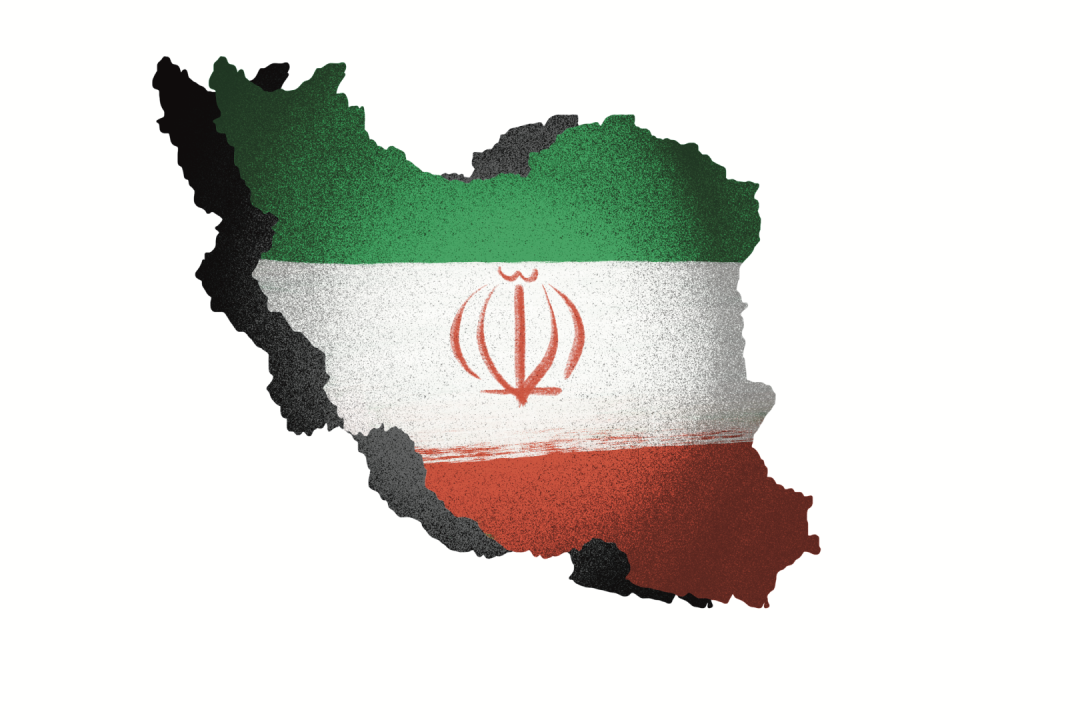
OpenAI DevDay 2023: Unveiling the Future of AI Developmen
By:OpenAI's first-ever developer conference, OpenAI DevDay, was held on November 6th, 2023, in San Francisco. The event showcased a series of new additions and enhancements to the OpenAI suite of tools aimed at simplifying and expanding the capabilities available to developers. Highlights included a significant reduction in pricing, the introduction of new multimodal functionalities, and the expansion of the context window to 128K for improved data processing and interaction depth.
The conference introduced multiple notable features:
1. Assistants API:
The newly released Assistants API is a game-changer for developers looking to embed more sophisticated, agent-like interactions within their applications. These agents are designed with the ability to understand specific instructions, access a broader pool of knowledge, and utilize various models and tools to execute tasks. The Assistants API simplifies complex processes, enabling developers to craft superior AI-driven applications with ease. This API, currently in beta, is accessible to all developers from the conference day onward.
2. GPT-4 Turbo:
Responding to developer feedback, OpenAI unveiled GPT-4 Turbo, a more powerful version of its predecessor with enhanced features such as an expanded 128K context window and integrated vision and language learning functionalities. GPT-4 Turbo broadens the horizon for potential applications, including those in language education and voice-operated services.
3. Custom Chatbots:
The introduction of a platform for crafting custom versions of ChatGPT marks a significant leap forward. This initiative empowers developers to create chatbots that are finely tuned to their individual needs. OpenAI continues to lead the pack by integrating ChatGPT with an array of services, connecting to the DALL-E 3 image generator, and offering an enterprise-level solution. There have been some innovative applications of GPT models, such as those for math tutoring that were released recently:
- MathGPT Chatbot Tutor: This is a micro-tutoring platform developed by PhotoStudy, which has unveiled a chatbot built on OpenAI's ChatGPT APIs. It is designed to teach a complete elementary algebra textbook with high accuracy.
-MathGPT Platform: The platform supports GPT-4 and is designed to cater to math education. While it initially planned to support ChatGPT 3.5, which is more cost-effective for smaller publishers and educational technology providers, the GPT-4 capabilities will be available in a premium version of the MathGPT Platform, offering enhanced features.
-Teaching Math Word Problem Solvers: There's a research paper discussing a novel approach that distills math word problem-solving capabilities from large language models into more efficient student models. This approach aims to address students' weaknesses and provide a tailored learning experience by generating targeted exercises based on educational principles.
- GPT-4 Code Interpreter for Math Problems: The latest version of GPT-4, known as the GPT-4 Code Interpreter, has shown remarkable performance on challenging math datasets. Research has been conducted to explore how code can enhance the reasoning capabilities of language models like GPT-4 when tackling math reasoning problems.
4. Innovations in Personalized AI with GPTs( Coolest)
The recent updates from OpenAI have made it possible for anyone, regardless of coding expertise, to create and tailor ChatGPT for specific needs or tasks. This groundbreaking approach allows the creation of GPTs, a personalized AI, without requiring any programming skills, making AI development more accessible to a broader audience.
GPTs can assist with a broad spectrum of activities, whether it's aiding in learning new concepts, providing support at work, or enhancing daily life at home. They have been designed for ease of use; creating a GPT is as simple as engaging in a conversation, defining its knowledge base, and selecting its capabilities, which can include searching the web, generating images, or analyzing data.
OpenAI's initiative has already resulted in integrations with popular services like Canva and Zapier, illustrating the potential of GPTs to enhance and streamline workflows. These integrations exemplify how GPTs can become powerful tools for both personal productivity and enterprise solutions, enabling users to perform a variety of tasks, from graphic design on Canva to automating tasks with Zapier's AI Actions.
Some of the old features of ChatGPT-4
DALL·E 3 Features:
• Image Generation: DALL·E 3 can create images from textual descriptions, which allows for the generation of a wide range of images, from realistic to fantastical.
• Editing Capabilities: The tool can make coherent edits to existing images, including adding and removing elements while taking shadows, reflections, and textures into account.
• Variations: DALL·E 3 can generate multiple variations of an image based on a single prompt, giving users a variety of options to choose from.
• Outpainting: It can expand beyond the original borders of an image, effectively continuing the scene or pattern in a coherent manner.
Data Analysis Capabilities:
GPT-4 and its iterations can assist in data analysis by understanding and generating human-like explanations of data trends, creating summaries of complex reports, and even writing data analysis scripts given the proper context and prompts.




